Healthy Eating and Scientific Exercise for the Elderly
With the aging of the global population, the United States, as a developed country, has seen seniors aged 65 and older account for more than 16% of the total population. The health status of this group is not only related to the quality of life of individuals, but also has a great impact on the medical resources of the whole society.
Therefore, keeping the elderly healthy, slowing down aging and preventing diseases have become key issues. In this regard, diet and exercise are two important factors that cannot be ignored.
I. Healthy Diet for the Elderly
Diet is one of the core factors affecting the health of the elderly. With age, the body's metabolism gradually slows down, digestive function declines, and the body's need for nutrition changes.
Older people need to pay more attention to nutritional balance in their diets to maintain body functions and prevent chronic diseases. Key dietary recommendations:
High-fiber foods: Older adults are prone to constipation and indigestion, so it's especially important to consume fiber-rich foods. Whole grains, vegetables and fruits are good sources of fiber, which can promote intestinal health and help control weight.
Quality protein: Protein is an important nutrient for maintaining muscle mass and boosting immunity. Older adults should consume more high-quality proteins, such as fish, eggs, lean meats, and plant proteins (e.g., beans). Moderate intake of protein can help prevent muscle loss, a common problem among older adults.
Moderate fat: Older adults have lower fat needs and should especially avoid excessive saturated and trans fats, which can increase the risk of cardiovascular disease. It is recommended to choose foods rich in unsaturated fatty acids, such as olive oil, nuts and fish, which are heart-healthy fats.

Low-sodium diet: High blood pressure is a common chronic condition in the elderly population, and excessive sodium intake can exacerbate the problem. Older adults should limit their salt intake and choose foods and condiments that are low in sodium. Food flavors can be enhanced by using herbs and spices to reduce reliance on salt.
Adequate vitamins and minerals: Older adults are prone to deficiencies in calcium, vitamin D, B12 and potassium, leading to problems such as osteoporosis, anemia and muscle weakness. Foods rich in these nutrients, such as dairy products, dark green vegetables, seafood and fortified cereals, should be consumed.
Reasonable control of calorie intake: The basal metabolic rate of the elderly is low, and excessive calorie intake can easily lead to weight gain, which in turn increases the risk of heart disease, diabetes and other chronic diseases. Elderly people need to reasonably control the amount of food in each meal and avoid overeating.
Smaller meals with more frequent meals or eating at different times of the day is also an effective strategy to help digestion and keep blood sugar stable.
Adequate water intake: Older adults tend to neglect water intake, especially as thirst wanes with age, leading to an increased risk of dehydration.
Dehydration can lead to constipation, kidney problems, low blood pressure and even cognitive decline. It is recommended that older adults drink at least eight glasses of water a day and try to avoid sugary drinks and excessive caffeine.
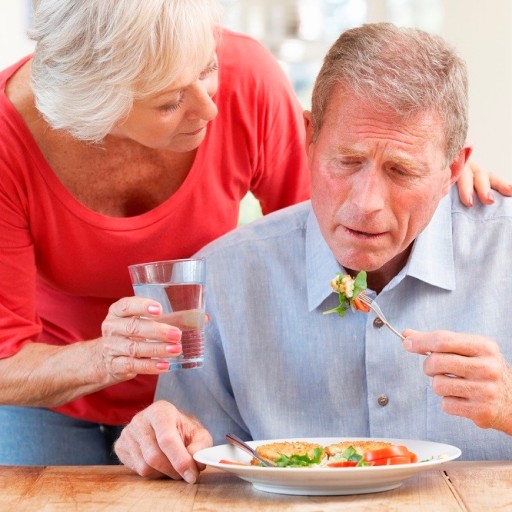
II. Scientific Exercise for the Elderly
Exercise is another important factor in maintaining the health of older adults. As older people age, their muscle mass, joint flexibility and bone density all decline, and proper exercise helps to slow down these changes.
Scientific and sensible exercise can enhance cardiorespiratory fitness, improve muscle strength, improve balance, prevent falls and fractures, and thus improve quality of life. Here are key exercise recommendations:
Aerobic exercise is the type of exercise that increases heart rate and strengthens cardiorespiratory fitness. For older adults, moderate amounts of aerobic exercise can help improve cardiovascular health, manage weight and boost mood.
Walking: Walking is the easiest and safest form of exercise. The American Heart Association recommends that older adults get at least 150 minutes of moderate-intensity aerobic exercise per week, and walking is ideal. Walking not only improves blood circulation, but also strengthens the lower extremities and reduces the risk of falls.
Swimming: Swimming is a joint-friendly, full-body workout, especially for seniors who suffer from arthritis or joint pain. Swimming not only enhances cardiorespiratory fitness, but also improves muscle endurance and flexibility.
Cycling: For seniors with good knees, cycling is a low-impact aerobic exercise that tones the muscles of the lower extremities while helping to improve cardiovascular health.
Strength training can help older adults maintain or increase muscle mass and enhance bone density, thereby preventing osteoporosis and muscle weakness. Studies have shown that older adults who strength train twice a week can significantly reduce their risk of falling.

Resistance training with dumbbells or elastic bands: this type of training works the muscles of the entire body, especially the muscle groups of the lower and upper extremities.
Self-weight training: training methods that do not require equipment, such as squats and push-ups, can also help older people build muscle strength.
Decline in balance is one of the major causes of falls among the elderly. Therefore, older people should pay special attention to balance training to prevent falls and fractures.
Tai Chi: Tai Chi is a slow-paced, fluid form of exercise that enhances body coordination and balance through smooth movements. Several studies have shown that Tai Chi has a significant effect on improving balance and flexibility in older adults.
Standing Single Leg Balance Exercise: Older adults can enhance their lower limb strength and sense of balance by standing on one leg. A few minutes of balancing exercises every day, while ensuring safety, can effectively reduce the risk of falling.
Flexibility exercises help maintain an older person's range of motion in the joints, reduce stiffness, and improve activities of daily living.
Yoga: Yoga helps seniors improve flexibility through stretching and mobilization movements, while also relaxing and relieving stress.
Simple Stretching Exercises: Older adults can incorporate some simple stretching exercises into their daily exercise or daily life to maintain joint flexibility.

III. Combination of diet and exercise: an integrated strategy for health management
Diet and exercise are the two pillars for older people to maintain good health, and they complement each other. A good diet provides the body with essential energy and nutrients, while exercise helps the body to better expend energy and enhance physical fitness.
Therefore, older adults should focus on the combination of diet and exercise in their health management and develop a scientific lifestyle.
Personalized health plan: Each elderly person has different physical condition, health needs and living habits, so it is especially important to develop a personalized health plan. Elderly people can consult their doctors or dietitians to formulate a diet and exercise plan that suits them according to their own health conditions.
Daily Nutritional Intake Targets: Adjust the ratio of carbohydrates, proteins, and fats according to your body's needs, and ensure adequate intake of vitamins and minerals.
Weekly exercise program: set the time and intensity of aerobic exercise, strength training and balance training each week according to your body's mobility.
Health management for the elderly should also include regular health check-ups to monitor changes in body indicators.
Through regular checkups, older adults can keep abreast of their health status and adjust their diet and exercise program as needed. For example, checking blood sugar, blood pressure and cholesterol levels can help older persons prevent chronic diseases such as diabetes and cardiovascular diseases.
Through scientific diet and reasonable exercise, older Americans can effectively maintain good health, slow down the aging process, and enjoy a high quality of life in their later years. It is hoped that these health management strategies will provide practical guidance and support for older adults and their families.
OTHER NEWS
-
- How do the elderly stay healthy and energetic by walking their dogs?
- By zh 09 Oct,2024
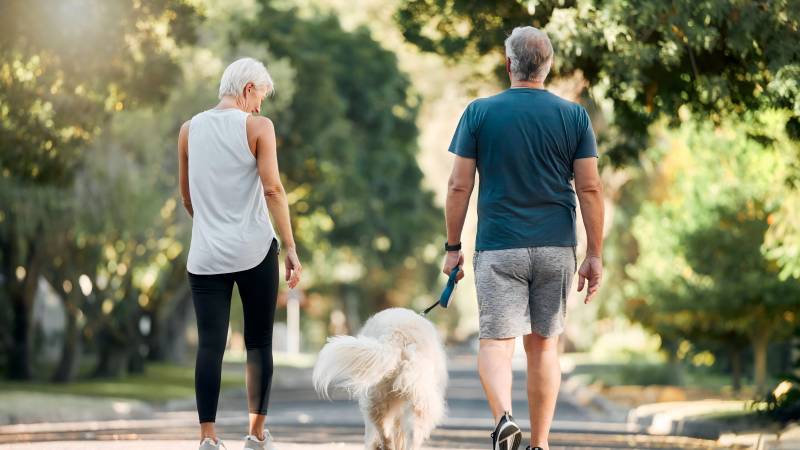
-
- Staying safe and sound: essential tips for seniors to stay safe at home!
- By YCY 11 Oct,2024

-
- Warm and Worry-Free: A Guide to Keeping Seniors Healthy and Warm in Winter
- By MTH 10 Oct,2024
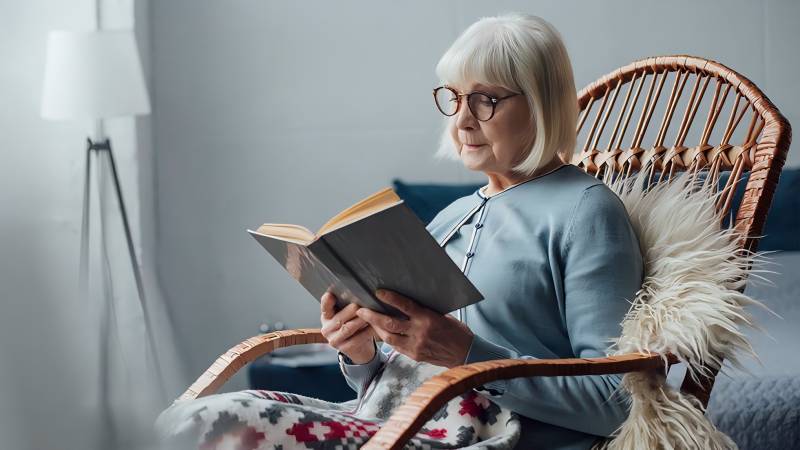
-
- The appeal of the outdoors for seniors in the fall and winter in the USA!
- By zyy 27 Sep,2024
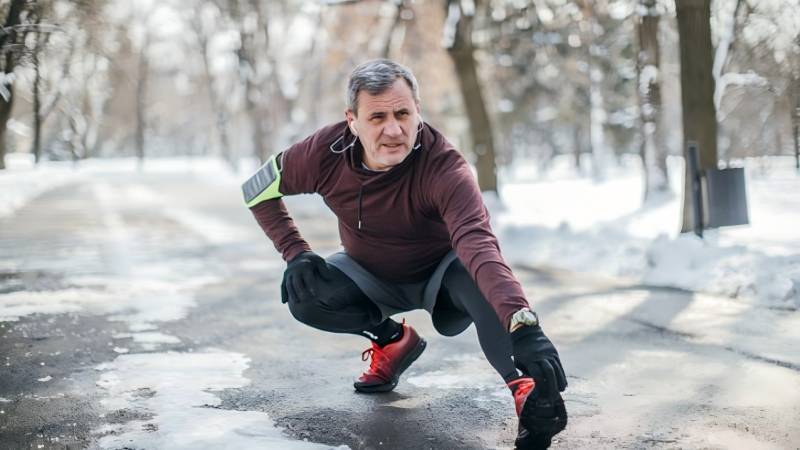
-
- Yoga for the elderly, fall and winter seasons for health and well-being
- By yl 26 Sep,2024

-
- Fall and Winter Fishing Fun for Seniors Nature and Quiet Time
- By zyy 11 Oct,2024
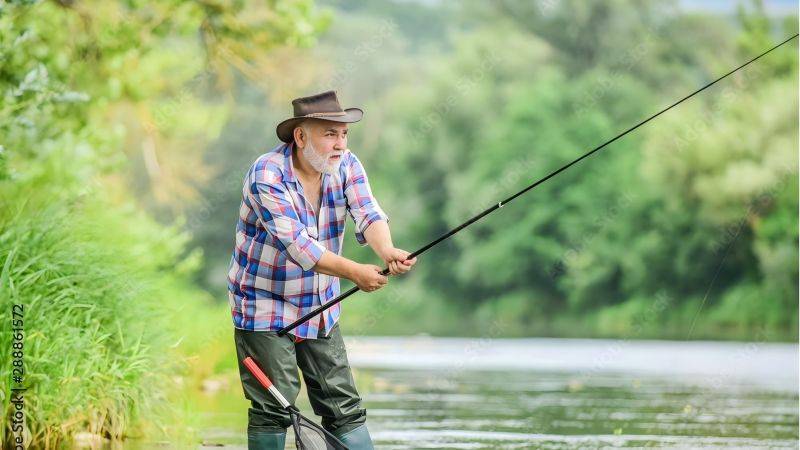
-
- Elderly care: home sweet home or nursing home center?
- By YCY 17 Oct,2024
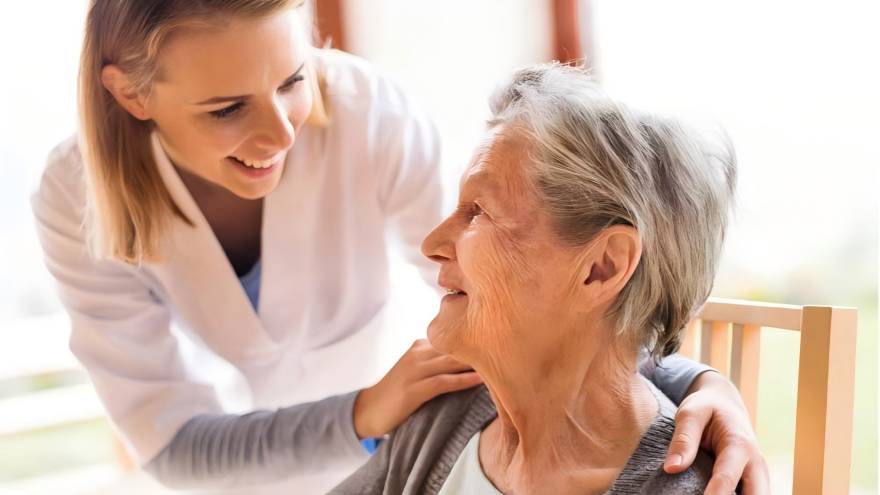
-
- A complete guide to outdoor hiking in the cool autumn weather for the elderly
- By yl 24 Sep,2024
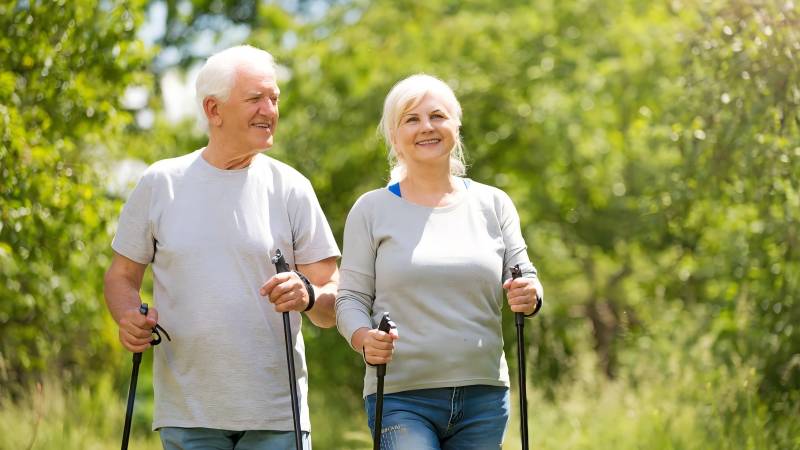
-
- Fall hiking: why it's perfect for seniors to explore nature?
- By ycy 26 Sep,2024

-
- Winter Warmth Exercise:Indoor Activities for Senior Living
- By mth 24 Sep,2024
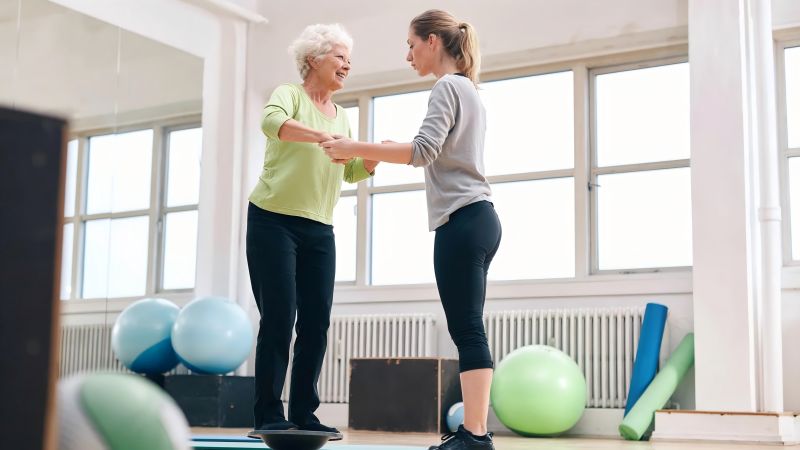
-
- Silver Haired Christmas: How Older Americans Celebrate the Heartwarming Holiday Season
- By mth 29 Sep,2024

-
- How seniors can stay healthy by walking during the fall and winter months
- By yl 29 Sep,2024
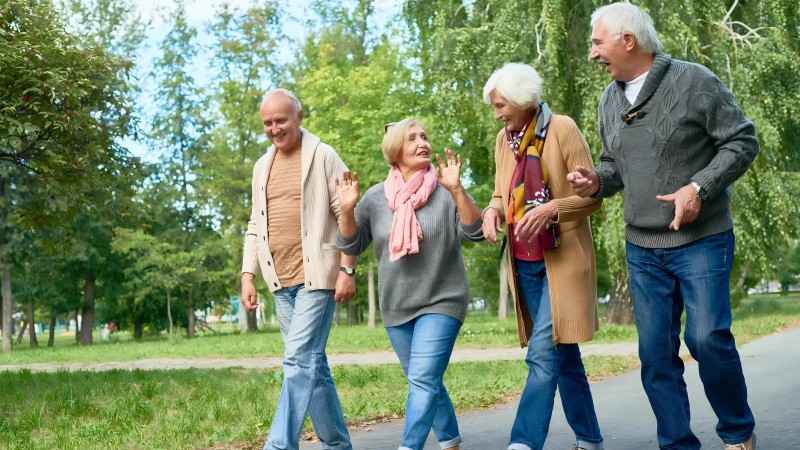
 1
1 1
1